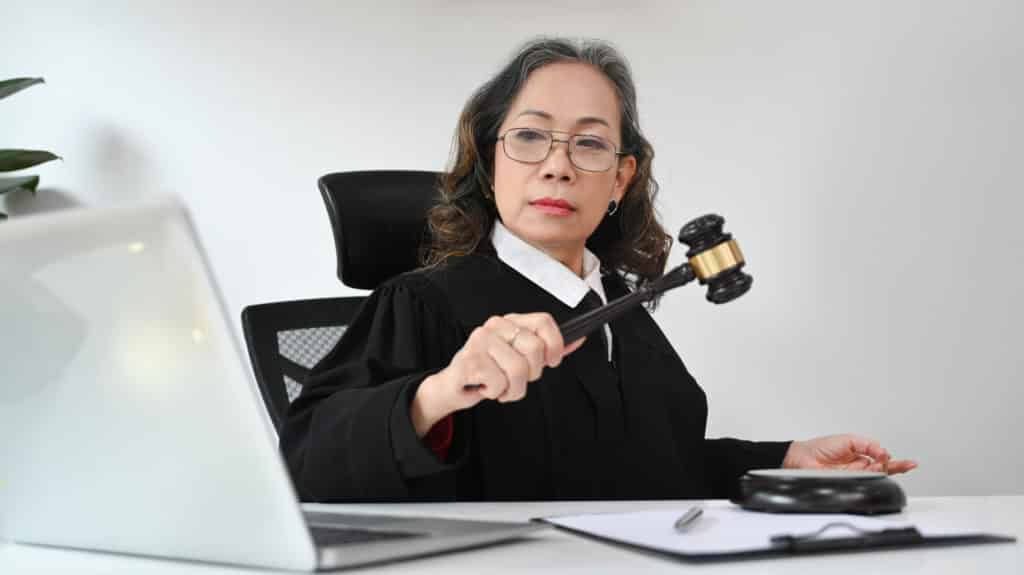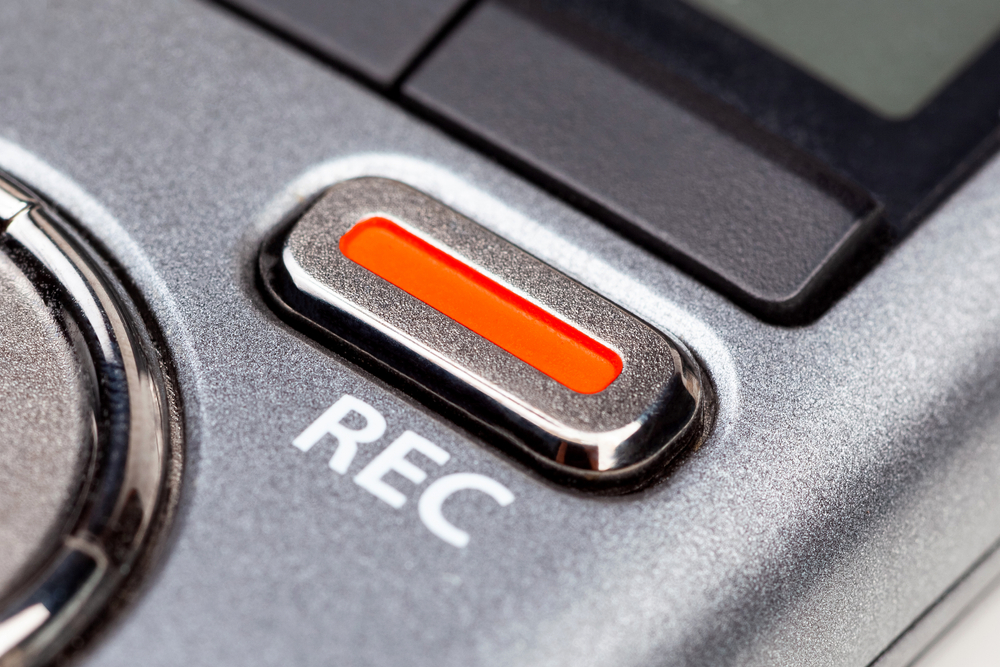The Advantages of Expert Legal Videography in Complex Legal Situations
Key Benefits of Making Use Of Videography in Legal Cases
The assimilation of videography in legal situations offers a variety of strategic benefits that can substantially influence test outcomes. As the legal landscape continues to advance, the implications of leveraging videography in trial settings benefit closer examination, specifically in comprehending exactly how these benefits equate right into concrete outcomes in the court room.
Improved Evidence Presentation
Enhanced evidence presentation with videography has actually changed the way legal situations are said and comprehended in the court room. By integrating high-quality video clip recordings into lawful proceedings, lawyers can convey complex information in a much more interesting and comprehensible way - Legal Videography. Videography permits the visualization of proof, making it simpler for discretionary to understand the context and value of the here and now realities
In enhancement to improving quality, videography can also catch real-time events, providing an authentic representation of occurrences essential to a case. This immediacy can substantially affect the persuasiveness of an argument, as aesthetic proof frequently reverberates more highly than written documents. Video evidence can consist of critical aspects such as body language, tone of voice, and environmental variables, all of which contribute to a more all natural understanding of the instance.
The use of videography also enables for efficient company of evidence, enabling attorneys to offer their debates in a systematic and sensible fashion. By tactically incorporating video into their discussions, attorneys can promote an extra effective evaluation of the proof, eventually bring about educated decision-making by the court. The transformative power of videography in lawful contexts is both undeniable and crucial.
Improved Witness Credibility

Video proof can additionally alleviate potential biases that might arise from the witness's look or mannerisms in a live setting. By providing a well-produced video clip, legal groups can make certain that the focus remains on the material of the testament as opposed to peripheral factors that could weaken integrity. The opportunity to evaluate recorded statements can fortify witness consistency, as inconsistencies can be addressed prior to trial, leading to more trustworthy statements.
Moreover, the permanence of videography provides a protect against memory decay or false impression with time. By having a clear, proven account of witness declarations, lawful specialists can develop a more powerful situation, strengthening the overall reputation of the witness and, subsequently, the integrity of the judicial procedure.
Engaging Court Experience
Videography can dramatically elevate the jury's engagement throughout legal procedures. By including high-grade video clip discussions, lawful teams can catch and preserve the interest of jurors, transforming intricate info into aesthetically compelling stories. This engagement is important, as jurors typically battle to soak up dense legal terms and detailed information presented exclusively via traditional ways.
Video clip evidence enables jurors to witness occasions as they unravelled, supplying context that composed testaments may do not have. Using vibrant visuals can evoke emotional feedbacks, making the instance more memorable and relatable. For example, surveillance video or reenactments can highlight key minutes, allowing jurors to visualize the proof in a compelling manner.
Moreover, videography can help with a more interactive experience. Jurors can see and listen to witnesses, which includes a layer of authenticity and immediacy that composed transcripts can not replicate. This multi-sensory approach cultivates much deeper understanding and retention of the offered material.

Effective Situation Storytelling
Videography offers as a powerful tool to craft and provide this narrative, engaging the court and improving their understanding of the instance. By visually depicting the events leading to the lawful dispute, videography permits attorneys to show intricate scenarios in a relatable and clear way.
Including components such visit the website as witness reconstructions, computer animations, and meetings, videography gives a multi-dimensional perspective that traditional methods can not achieve - Legal Videography. This graph not only help in clarifying truths however additionally helps jurors retain critical details. The dynamic nature of video can break down obstacles of understanding, making complex details a lot more easily accessible.
Ultimately, effective instance storytelling via videography changes the court room experience, enabling attorneys to present their disagreements in a engaging and persuasive manner. By using the power of visuals, legal specialists can significantly enhance their ability to interact necessary stories and achieve beneficial end results for their clients.
Conservation of Statements
Protecting testimonies is an important facet of legal procedures, as the accuracy and honesty of witness statements can substantially influence the outcome of an instance. Videography functions as an effective device hereof, ensuring that statements are recorded in their original context, thus minimizing the risk of misconception or distortion over time.
By recording spoken and non-verbal hints, videography gives a detailed account of witness declarations, which can be important throughout trial proceedings. This method not only documents the web content of the testimony yet likewise maintains the attitude and emotional reactions of witnesses, using juries a richer understanding of the testament's credibility and significance.
Furthermore, making use of videography helps with a more trusted review of statements during post-trial analyses or pre-trial preparations. Lawyers can revisit videotaped declarations to make clear information, evaluate inconsistencies, or develop strategies for interrogation.
Fundamentally, videography boosts the conservation of testimonies, cultivating a transparent lawful procedure that can lead to more fair outcomes. look at this now By protecting the stability of witness statements, lawful specialists can much better support for their clients and promote the principles of justice.

Conclusion
To conclude, the integration of videography in lawful cases dramatically boosts the discussion of evidence, strengthens witness trustworthiness, and captivates juries with engaging visual material. This tool helps with efficient narration, allowing lawyers to communicate narratives that reverberate deeply with decision-makers. In addition, videography serves as a long-term document of testimonies, lowering the threat of memory decay. Collectively, Legal Videography these advantages highlight the essential function of videography in contemporary legal methods, eventually contributing to more enlightened judicial results.
The assimilation of videography in lawful instances presents a variety of critical benefits that can substantially influence trial results.Improved evidence presentation with videography has actually revolutionized the method legal situations are said and recognized in the courtroom.Videography can dramatically boost the court's involvement during lawful process. By visually portraying the occasions leading to the lawful conflict, videography allows lawyers to highlight complicated circumstances in a relatable and clear manner.In conclusion, the integration of videography in legal situations substantially enhances the presentation of evidence, bolsters witness credibility, and captivates courts via engaging visual material.